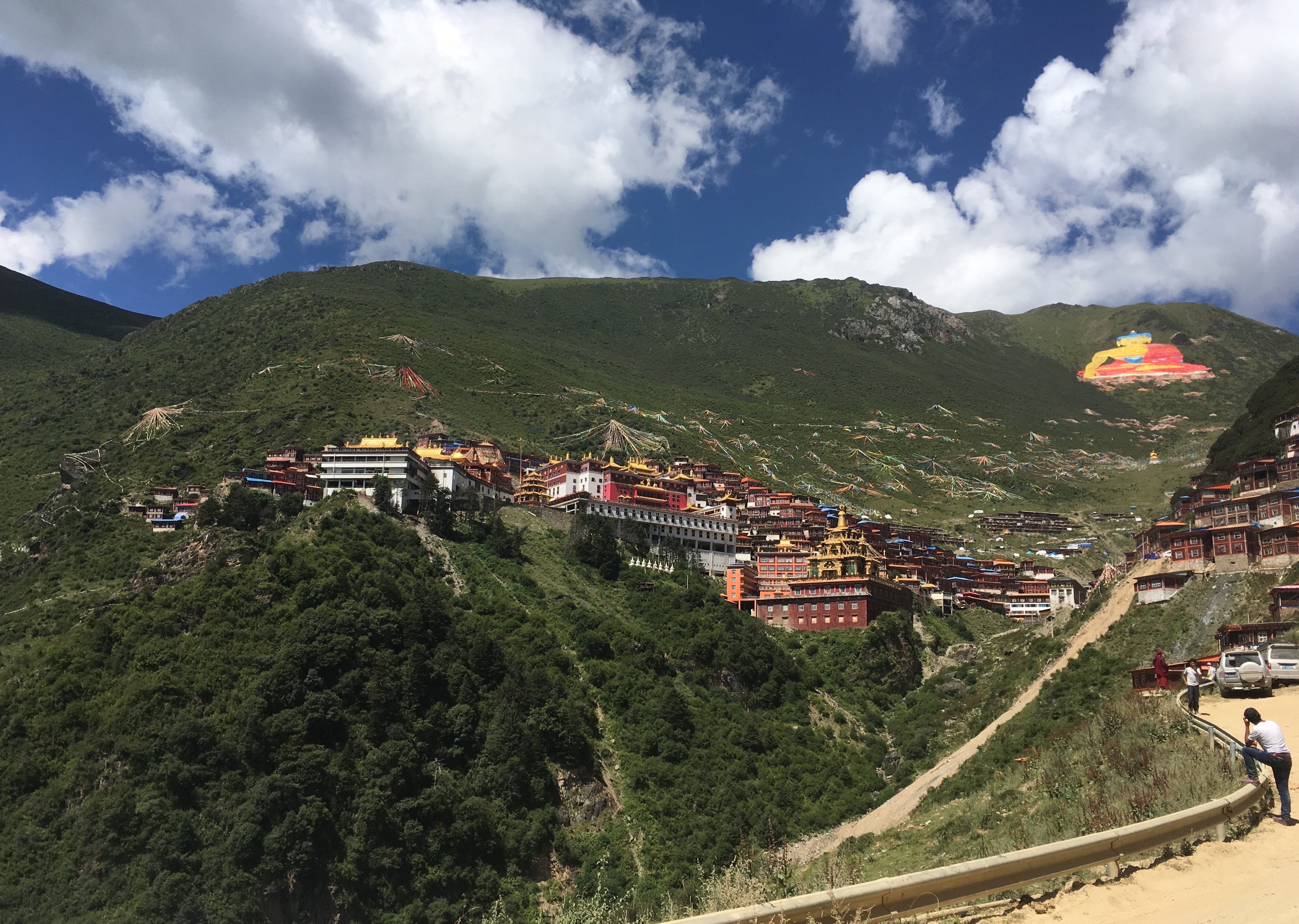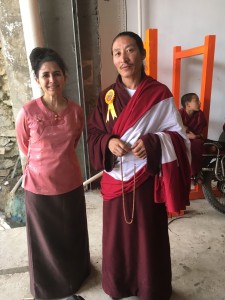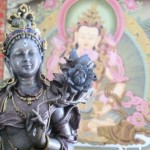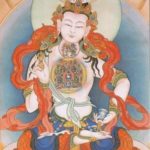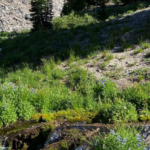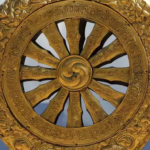This is a photo I took of Katok monastery in Tibet, last month during the celebration of Padmasambhava. Katok offers another example of how Tibet’s Buddhist Yogis have played a major role in Tibetan Buddhist history.
Katok Monastery is one of the oldest monasteries in eastern Tibet. It is also the oldest monastery of the Nyingma school, dating back to the twelfth century. But in its earlier history, after a period of decline, Katok was revived by a Buddhist Yogi (Tib. sngags pa, sounds like ’ngakpa’), named Longsel Nyingpo. His name means Heart of the Clear Expanse.
Read Pema Khandro’s Introduction to the Ngakpas – Tibet’s Buddhist Yogis by clicking here
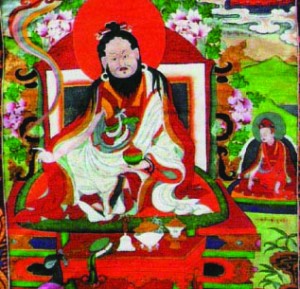
Like most of the great lineage lamas of the Nyingma tradition during this period, Longsel Nyingpo was not a monk but a Yogi. He was a treasure revealer and a non-celibate practitioner who married and had children. This place was formerly associated with monastic studies both before and after the life of Longsel Nyingpo. Later during the late nineteenth century, Mipham the Great even founded a shedra – a monastic college there.
During my visit to Katok, I met many monks and nuns but only one Yogi.
However, during the seventeenth century, Longsel Nyingpo’s activity led to a short period in which the non-celibate, family lineage of yogis led Katok monastery.
Longsel Nyingpo’s training started later in his life. Since he was not permitted by his parents to take ordination, when he was twenty two, he finally ran away to study Buddhism. He spent years studying and in retreat and then returned home when he was twenty eight. He had visions which began his work as a revealer of Tibetan treasure teachings. It is common for such teachers to be non-celibate. Longsel Nyingpo married when he was thirty four and had two children. His son also eventually became the abbot of Katok monastery.
The seventeenth century was a period of disruption and battle in Tibet where monasteries were destroyed. It was also a period of major transformation in all levels of Tibetan society and culture. During this volatile time, Longsel Nyingpo was invited by the king of Dege and appointed as the head of Katok monastery. He repaired and refurbished the buildings, built statues and expanded and organized their liturgical texts to include his treasure revelation teachings. His treasure teachings are in the collection of the Rinchen Terdzo and he is remembered as one of the great treasure revealers of the ancient school, the Nyingma tradition.
Read more about Longsel Nyingpo here
His son’s biography can be found here
Read Pema Khandro’s Introduction to the Ngakpas – Tibet’s Buddhist Yogis by clicking
References
Rinpoche, Dudjom. The Nyingma School of Tibetan Buddhism: Its Fundamentals and History. Edited by Gyurme Dorje and Matthew Kapstein. 2nd edition. Boston, Mass: Wisdom Publications, 2002.
Ronis, Jann. Celibacy, Revelations and Reincarnated Lamas: Contestation and Synthesis in the Growth of Monasticism at Katok Monastery from the 17th through 19th Centuries. University of Virginia Department of Religious Studies, 2009.

